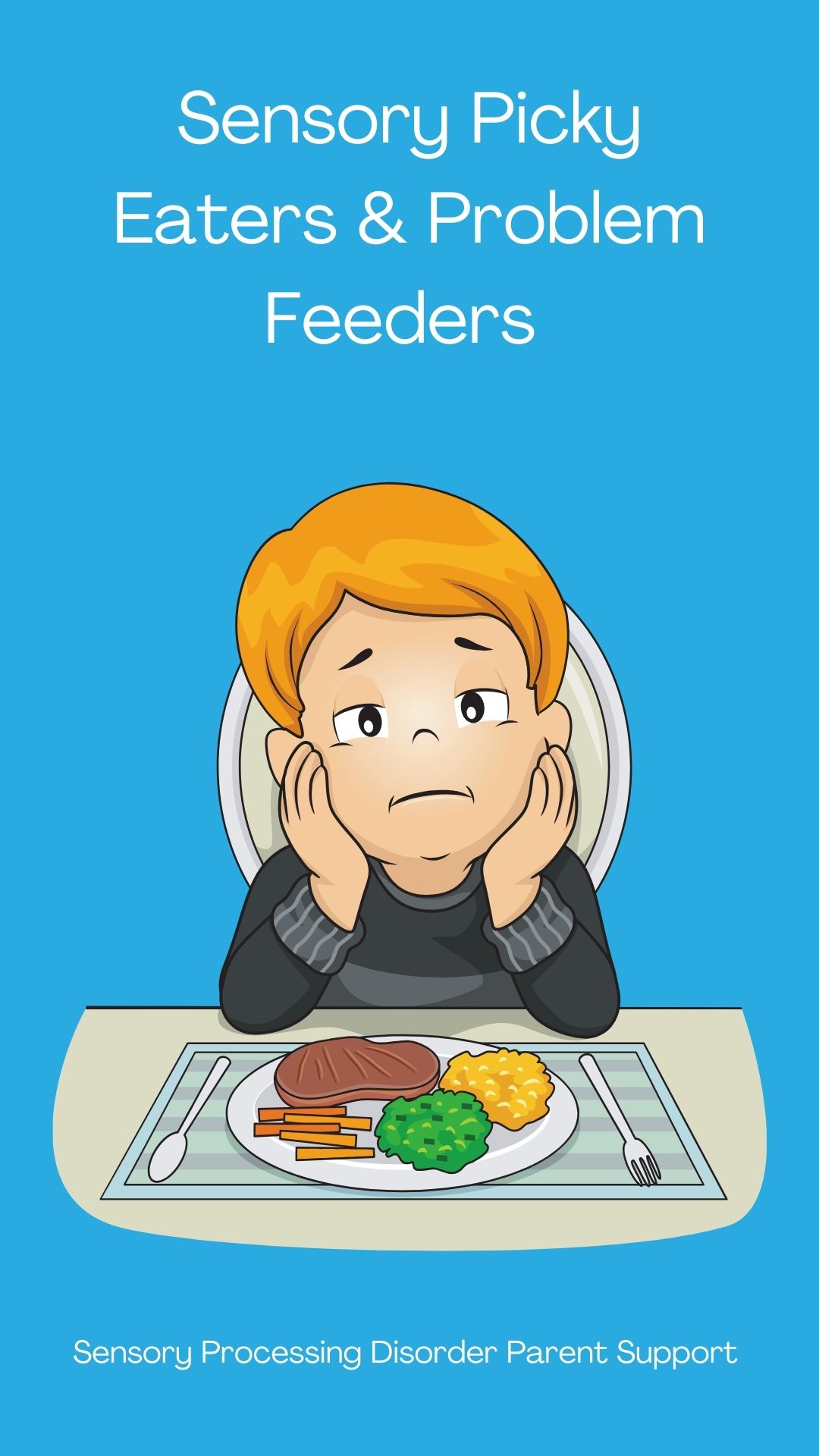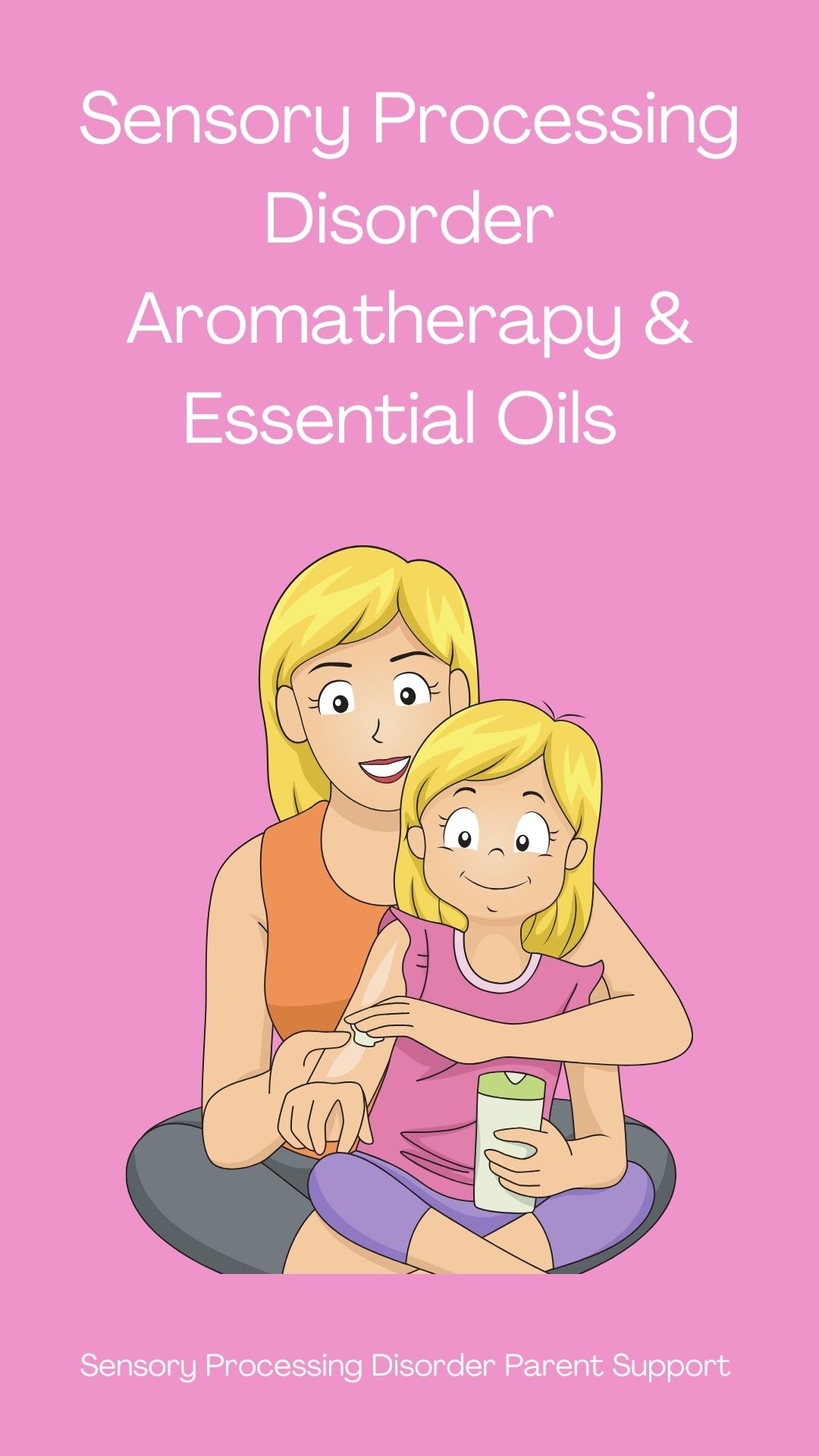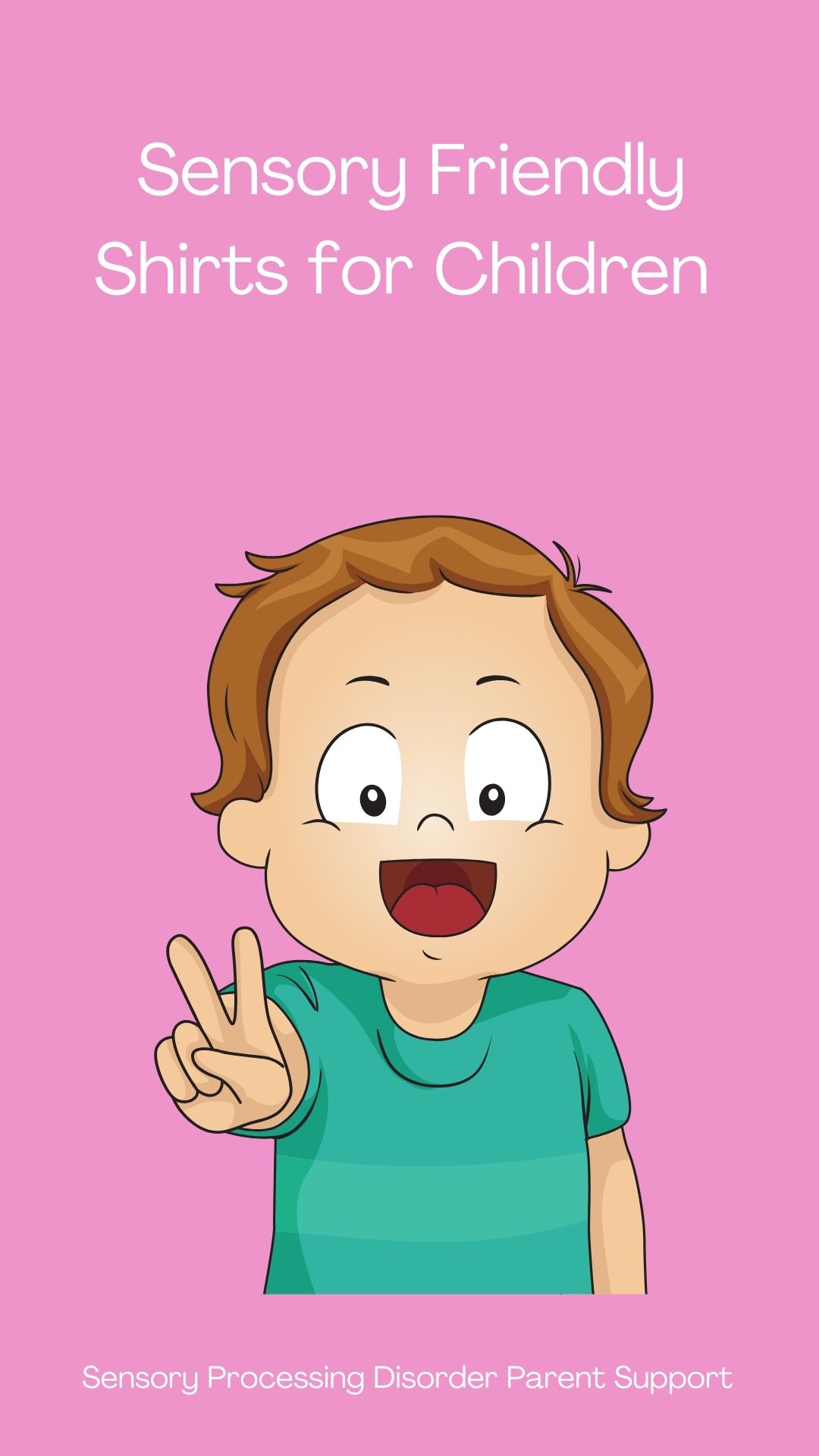
Sensory Processing Disorder Parent Support
Sensory Processing Disorder Balance Bikes For Kids
Children with sensory differences ... painting the world beautiful.
Sensory Processing Disorder Balance Bikes
Jeanette Loftus
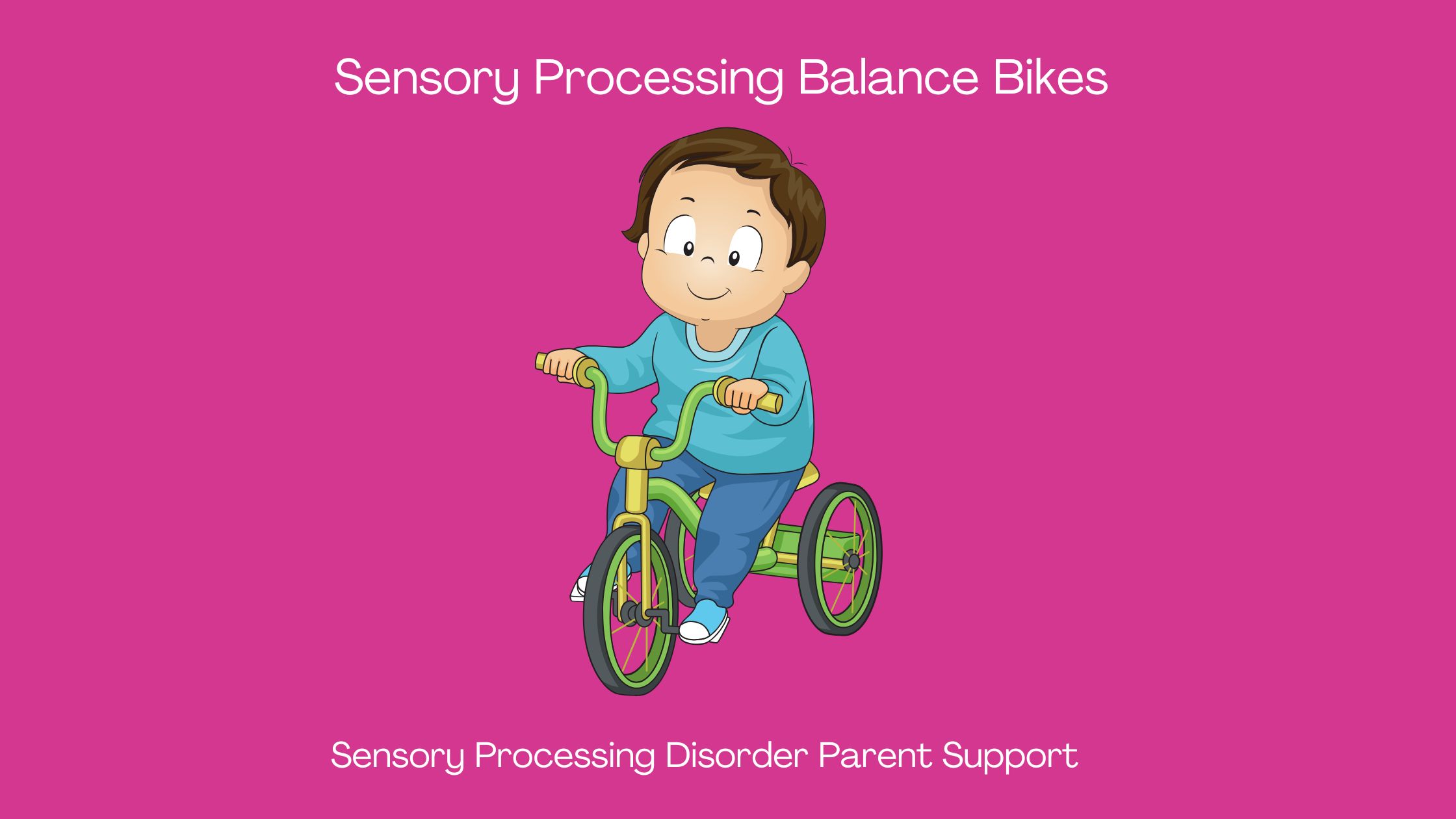
Sensory processing disorder affects many school aged children and one of the most challenging symptoms is difficulty with motor skills. There can be many different reasons that your child may be struggling to learn how to ride a bike. They could be struggling with coordination, vestibular dysfunction, poor fine motor or gross motor skills, balance, body position, movement, or muscle weakness.
Resources For Parents
Connect The Dots Pediatric Therapy Tips for Helping Your Child Learn How to Ride a Bike! - Connect the Dots Pediatric Therapy
DISCLAIMER: I have learned a lot over the years but I am still learning. Always do your own research and exercise sound judgment. I am not an occupational therapist or a physician. I am an adult who has sensory processing disorder, a sensory parent and a Grandma. The information on this website is not medical advice and does not replace the information that your child's therapists or medical professionals give you. These are just ideas that I have learned myself over the years of being a parent and an adult living with SPD. If you are concerned for your child, please always seek medical attention through a family doctor, pediatrician or therapist. This website is for awareness purposes only. Each child is different and what works for one child may not for another because all children have different sensory needs. Please always consult with a medical professional. C lick on links throughout each page for more resources and information. Click here for more resources https://sensoryprocessingdisorderparentsupport.com/sensoryprocessingdisorderresources
Amazon offers a small commission on products sold through their affiliate links on my website. Each of your purchases through links on my website for Amazon affiliation links or sponsored links support me but no additional cost to you so thank you. I appreciate it so much! I am not responsible should you purchase anything from any links on this website.
Balance Bikes for Children
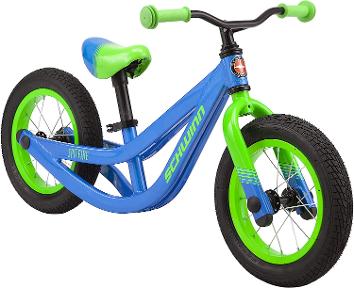
Amazon
Schwinn Spitfire Kids Balance Bike
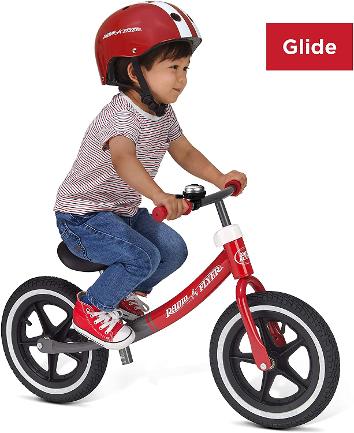
Amazon
Radio Flyer Air Ride Toddler Balance Bike

Amazon
Banana Balance Bike Lightweight for Kids
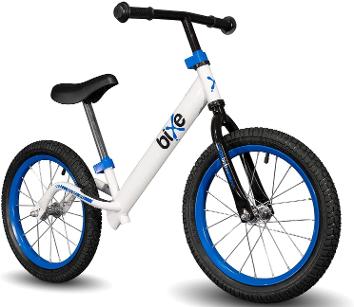
Amazon
Bixe 16" Pro Balance Bike for Big Kids
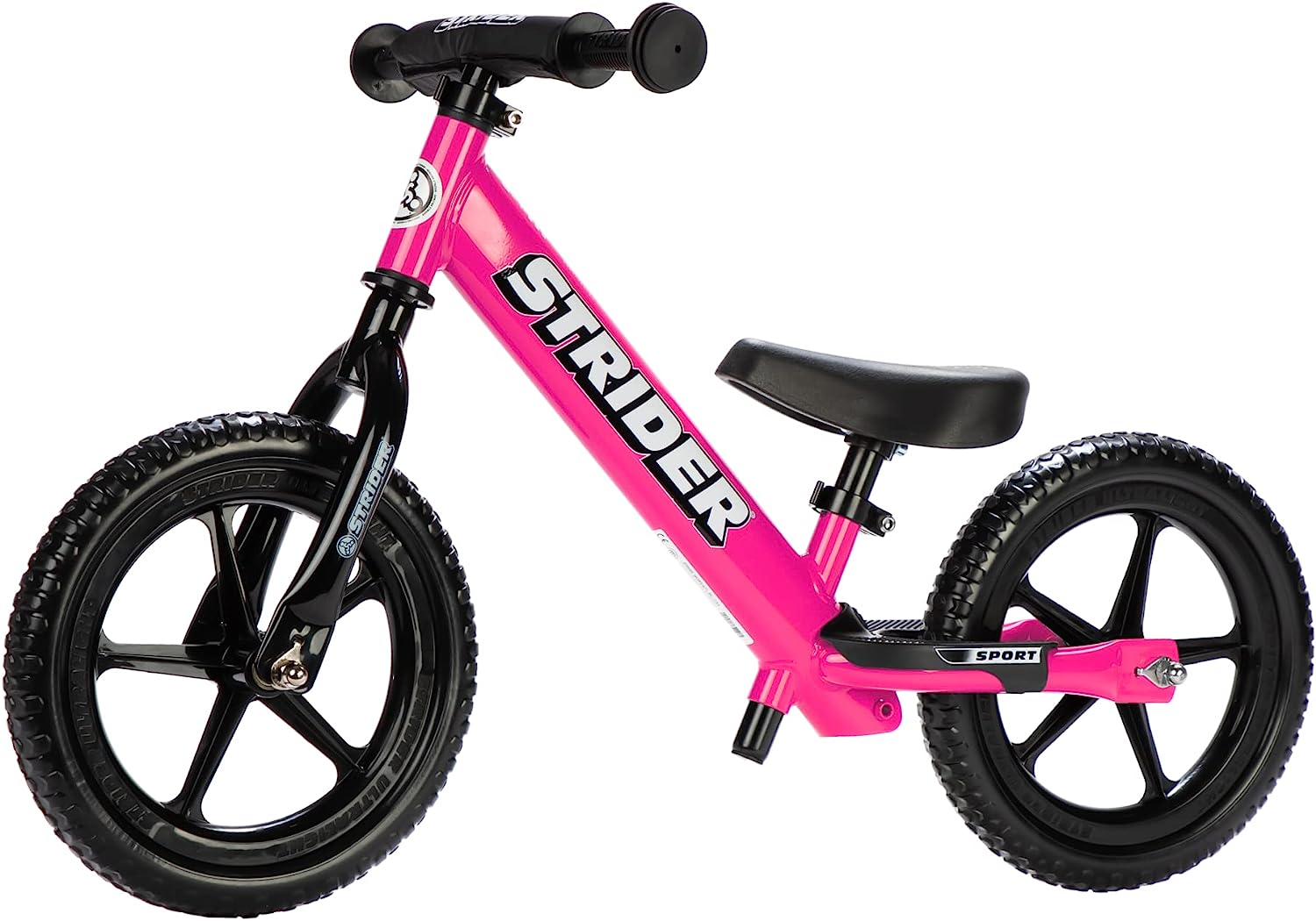
Amazon
Strider Sport Bike No Pedal Balance Bicycle
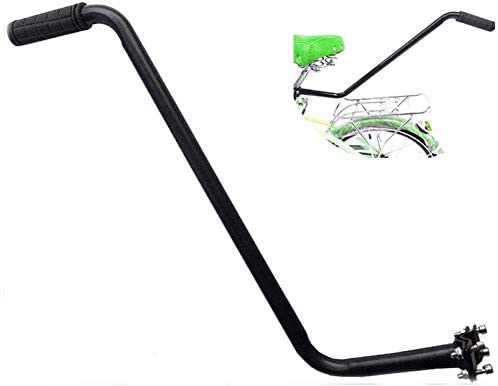
Amazon
Bike Training Handle Balance Push Bar
